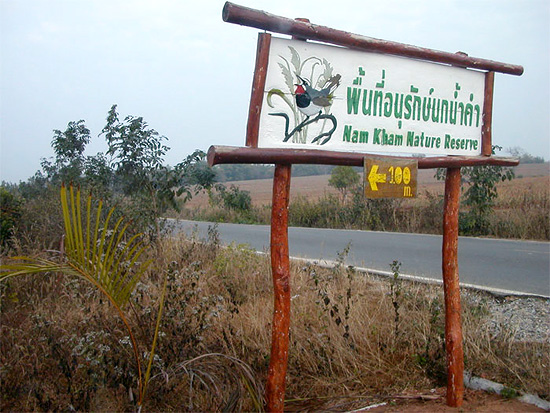 Photo by จับกัง
Photo by จับกัง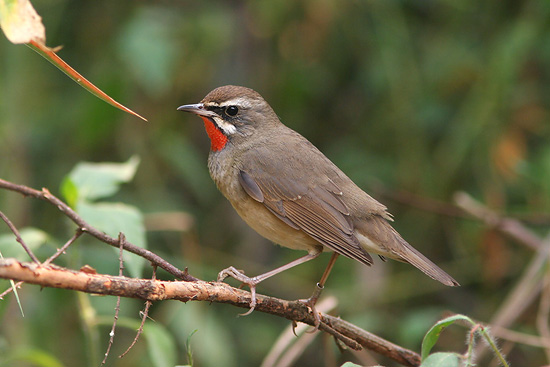
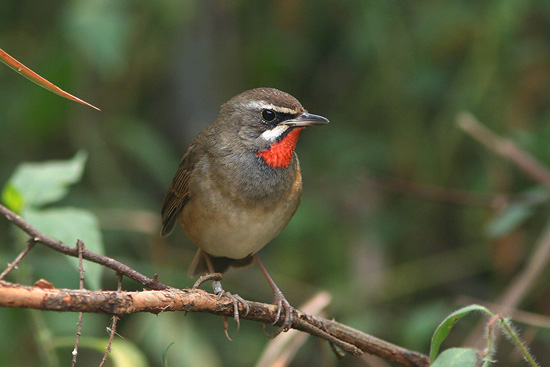 Siberian Rubythroat 1st Individual
Siberian Rubythroat 1st Individual
I had a chance to visit Nam Kham Nature Reserve last Saturday with Dr. Rungsrit. It is located in the Northernmost part of Thailand, in the valley of Chiang Saen in Chiang Rai Province. We left Chiang Mai at 3 in the morning by car and arrived Nam Kham at about 7. The temperature was quite low in the morning, about 14°C, but the air pollution was crisis. It has become a regular problem in northern Thailand for several years now. The forest-burn smoke, mostly man-made, causes very dense smog covering many provinces in northern Thailand. However, when we arrived at the place, there were voices of birds calling from everywhere. There were a song of the Striated Grassbird(Megalurus palustris) from thick grass, voices of warblers calling in thick reeds, songs of the Rubythroats, sweet calls of the Oriental Magpie Robin(Copsychus saularis), noisy sound of the Sooty-headed Bulbuls(Pycnonotus aurigaster), and much much more that couldn't be recognized. The area is mainly filled with grasses, mainly Reed(Phragmites karka (Ketz.) Trin.ex Sterud. var. karka) or แขม(kaem) in Thai language, with an oxbow lake, which unfortunately has already been dried up for more than 50 percent due to dry weather. There was also a large pond on the West of the area but it was already completely dry.
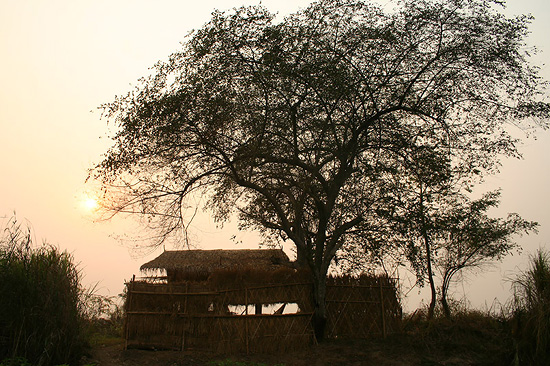

There are 3 permanent blinds at Nam Kham. The first one is at the pond and the other two are inside the Reedbeds. There are tiny ponds in front of the two blinds inside the thickets which are used to attract secretive speices like robins and warblers that live inside reedbeds to come out in dry season. These small birds are not easy to spot when they feed in grasses, even though their voices come very close. After arriving, we walked from the entrance to the blinds. I chose the smaller one which is placed in a thicker area. After sitting for few minutes, a male Siberian Rubythroat(Luscinia calliope) quietly hopped out to the open ground in front of the blind from thick bushes in the back. I'd call this guy the "1st individual" since he's the first rubythroat I saw here. This individual has small pale spots on the tip of his tertials and greater coverts and has already been ringed. After watching this beautiful guy for a while, surprisingly came a new visitor, a Baikal Bush Warbler(Bradypterus davidi), quietly crept out from the dark, walking towards the pond and hesitatingly took a bath before walking back into the bush. It is not easy to see a Bradypterus bush warbler clearly in open outside of its breeding ground like this, so the appearance of this little guy really brought me a lot of pleasure. It was formerly treated as a subspecies of B. thoracius or Spotted Bush Warbler which is mainly resident in Indian Subcontinent, China and North Myanmar, but now regarded as a full species.
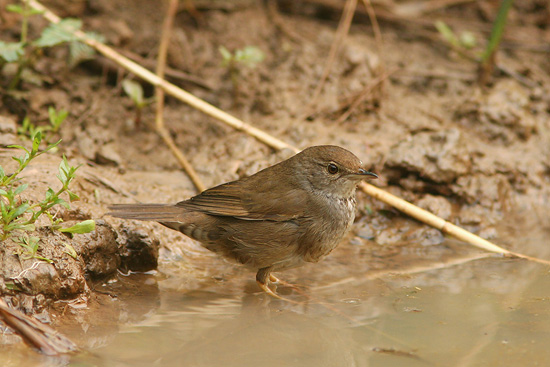
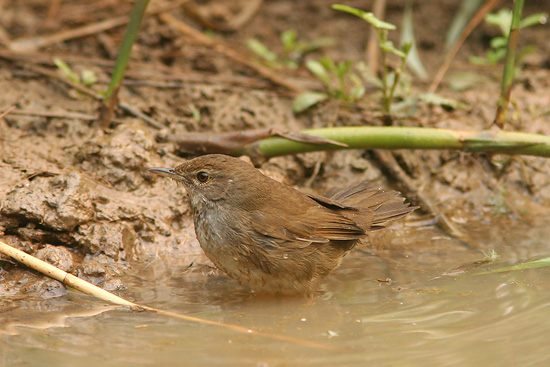 A rare scene of Baikal Bush Warbler bathing
A rare scene of Baikal Bush Warbler bathing A variant Baikal Bush Warbler
A variant Baikal Bush Warbler








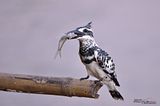




1 comment:
That Rubythroat is just a dream bird for most UK birders. Fantastic pictures. Looks like a great place to go birding - all those little brown jobs.
Post a Comment